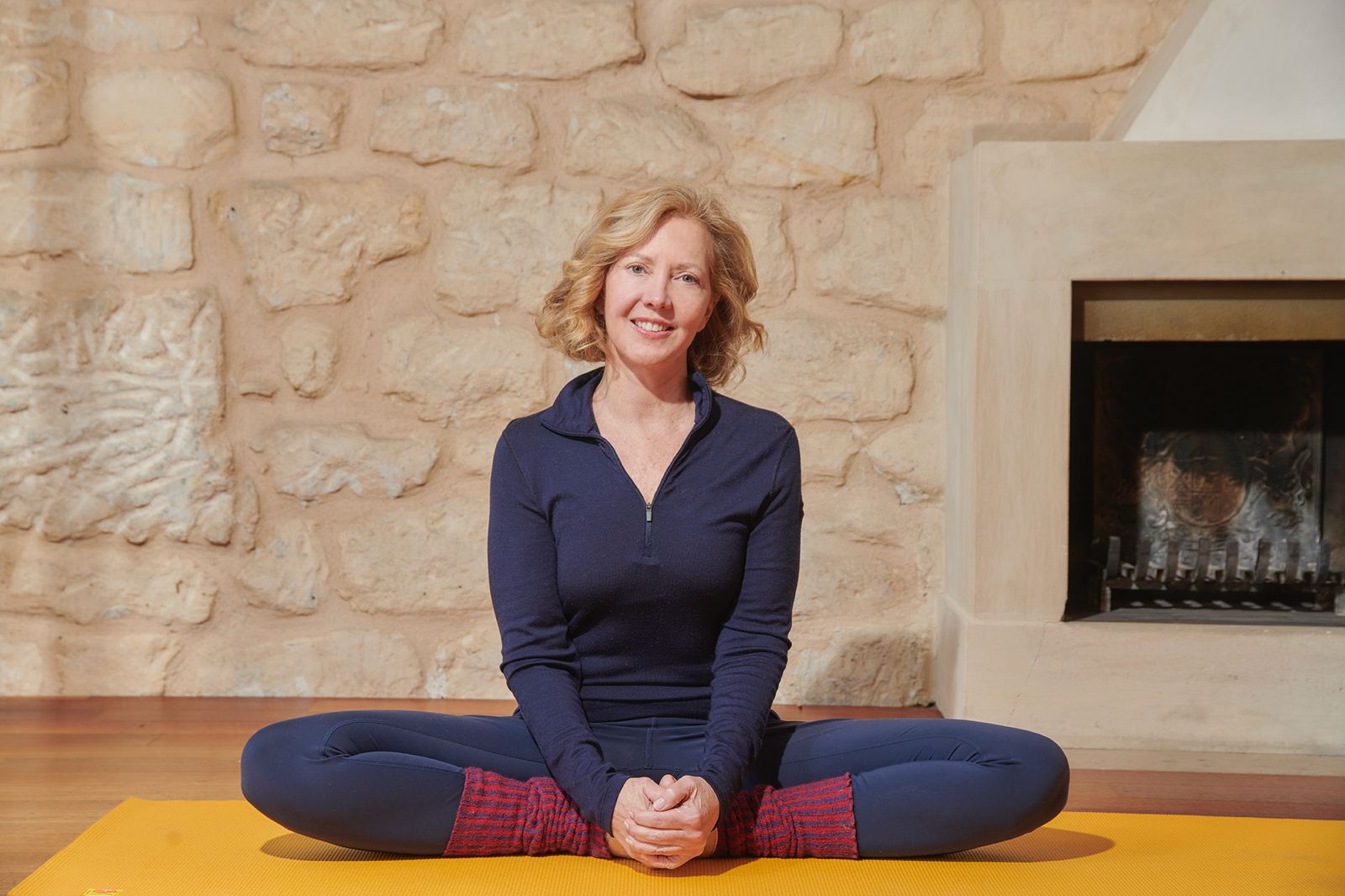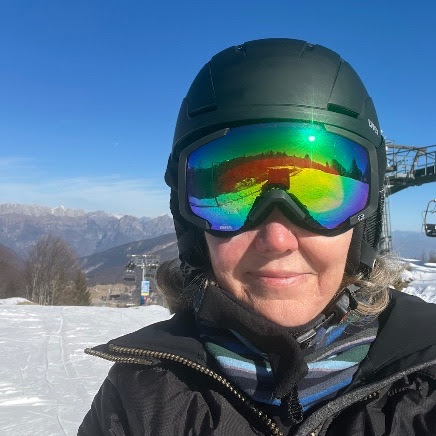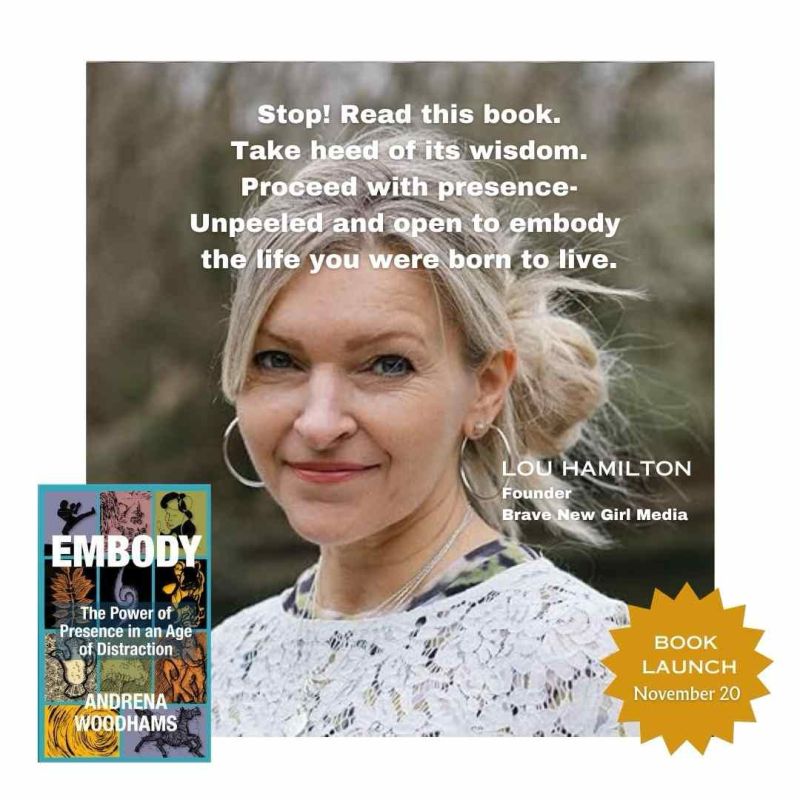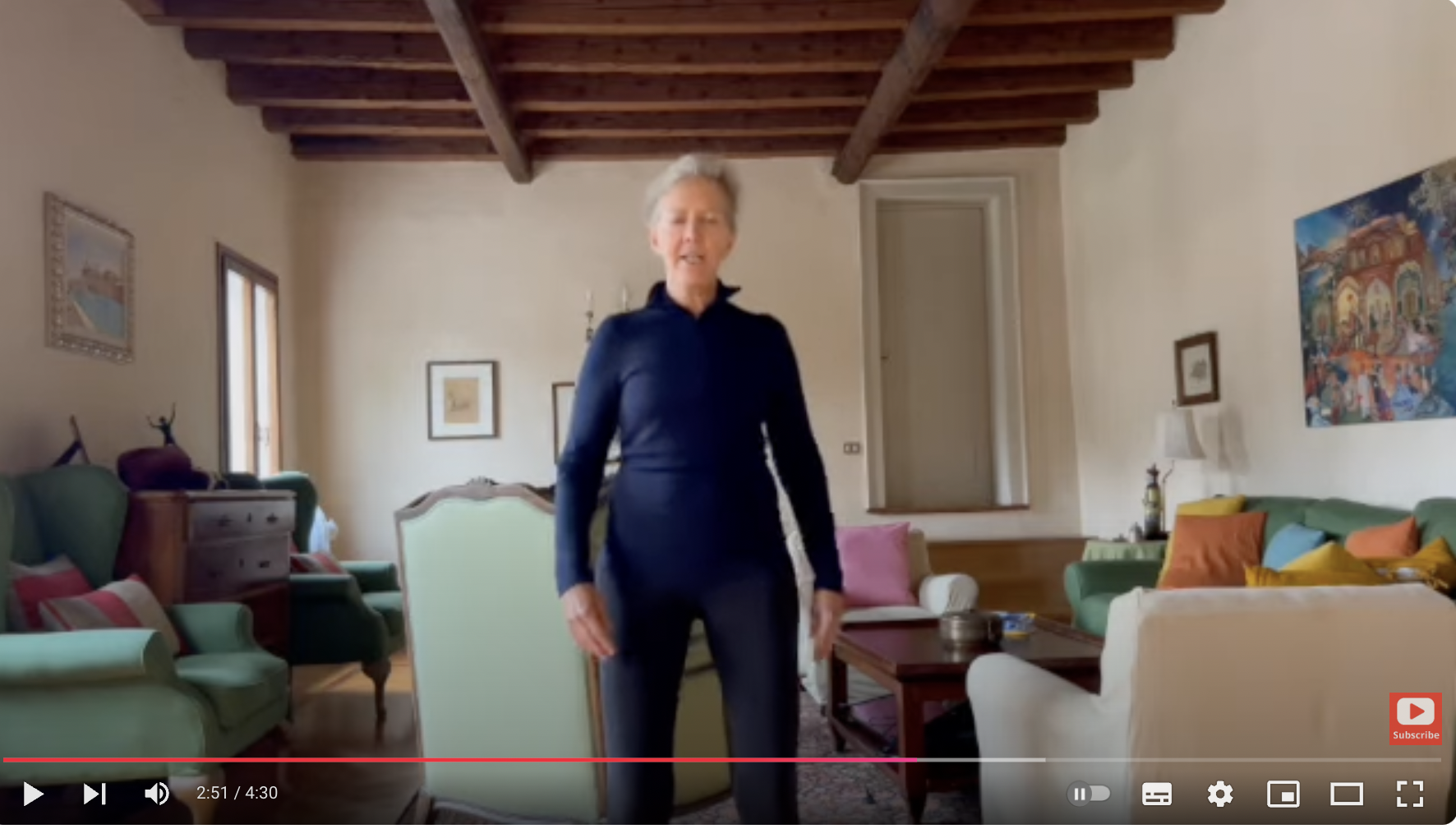Guincho beach in Portugal, as seen from our hotel room window. Every year we come here, staying at our favorite hotel, the quirky Muchaxo, to recharge our batteries. I try to limit all digital and electronic input while I’m here. Nothing but stare at the sea, walk on the beach, and see old friends. It’s great to do something like this once a year. Stop the input. Check in with myself. See what’s new. Mourn what’s gone. Be open for new ideas. It’s so wonderfully simple and yet so nourishing I had to show you a photo of where we are.
Room with a View









